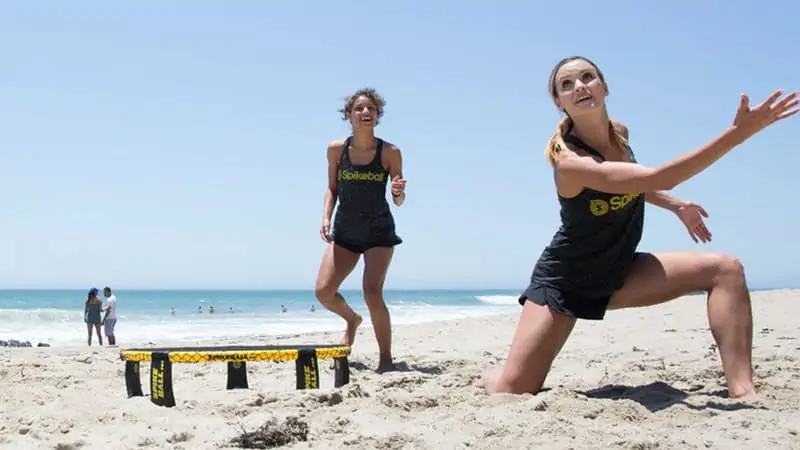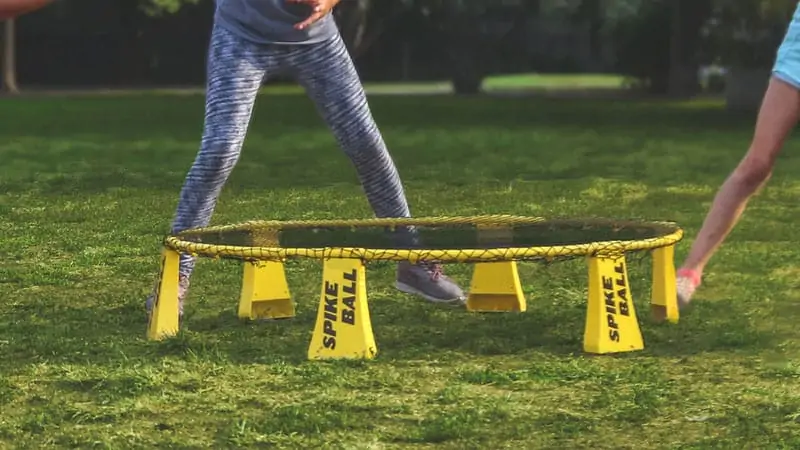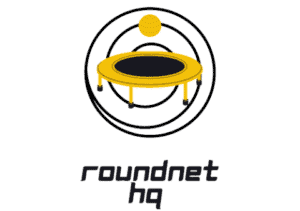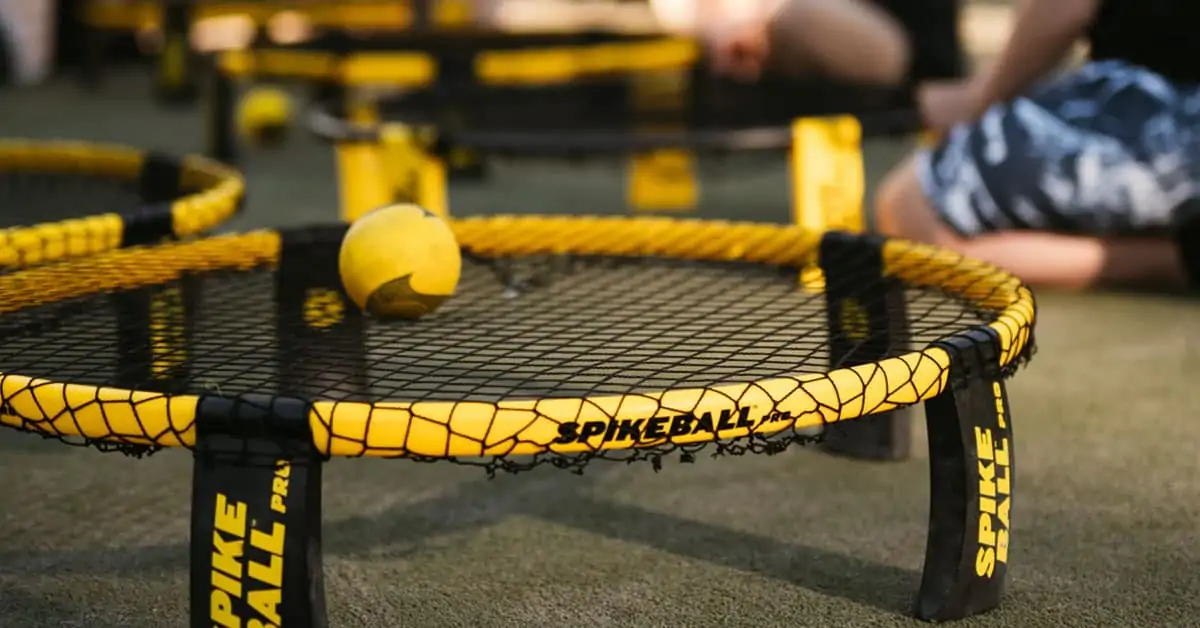Spikeball is a fast-growing sport across the world. The game, which was invented by Jeff Knurek in 1989 as roundnet, now has several million players from different countries, including the US, Belgium, Canada, Germany, Finland, India, and many more. Furthermore, the game of Spikeball is fun to play and offers tons of physical and health benefits to its players.
When it comes to learning Spikeball, the first thing you need is to get familiar with the rules of the game. “Hinder” is one of the common terms you’ll find in Spikeball rules: it occurs when the positioning of a player in team 1 (for example) prevents any player from team 2 from safely making a hit on the ball.
Can offensive players move around the net for a better shot? What exactly does the term “hinder” mean in the game of Spikeball? When do you call the “hindrance rule” during a Spikeball game? These are some of the frequently asked questions that you’ll find answers to in the rest of this post.
Can offensive players move around the net for a better shot?

Yes; offensive players can always move around the net for a better shot during any Spikeball game. To get a clearer understanding of why that’s possible, let me quickly talk about how the game works below:
- The game of Spikeball usually begins with a roundnet placed on the ground, in between two teams that are lining up across from each other.
- To begin a point, a player from team 1 is expected to be the server. He/she will have to serve the ball by striking it against the net to the opposing team.
- During a point serve, one player from the opposing team or team 2 is expected to stand as the receiver. The rules of the game say the person can always stand at any position relative to the roundnet
- However, the other players from the two teams aren’t allowed to stand at just any point relative to the net during service. According to the Spikeball rules, these players can only stay at least 6 feet away from the roundnet until after the server has successfully served and spiked the ball against the net.
- After the ball has been served, players are allowed to move anywhere as the gameplay continues. The official rules even allow the players to move 360 degrees just to keep the play going and until a team is unable to defend and return the ball anymore.
- However, you need to keep in mind that there’s an exception to the 360-degree movement rules in Spikeball. Here’s the thing; players are only allowed to move around the Spikeball net on one condition, and that is – they must not obstruct the opposing player from making a hit on the ball.
Spikeball offensive players can always move 360 degrees around the net as long as they don’t obstruct the opposing team players from making a hit on the ball.
What is “hinder” in Spikeball?
There’s no denying that Spikeball is a physical sport. It offers tons of workouts for its players. To enjoy the game, players have to move back and forth on the playing court, ensuring they defend hits from opposing team players and keep the game going.
Furthermore, you also have to keep in mind that for every Spikeball game, the safety of every player is paramount. It’s on this principle that “hinder” rules are made in Spikeball.
Recall that I mentioned earlier that all players can always move 360 degrees around the net after the server has already served the ball by hitting it against the roundnet. The exception to the rule, which you already know about, is that the players can only move this way if they don’t obstruct the opposing team players from making a hit on the ball. Here’s where the term “hinder” in Spikeball comes into the scene.
“Hinder” in Spikeball is a term that is used when a player from team 1 obstructs/hinders the players from team 2 from making a hit on the ball.
Here’s a better definition for the term; according to the official Spikeball rules, “hinder” occurs when the positioning of a player prevents any player from the opposing team from safely making a hit on the ball.
So, the bottom line is that when a member of the defensive team stands or positions himself/herself in the way of a play on the ball, it’s called “hinder” in Spikeball.
When do you call the hindrance rule in Spikeball?

Now, you already understand what the term “hinder” in the game of Spikeball means.
According to the official rules of the game, it says that an offensive team needs to have a legitimate play on the ball to be eligible to call the hindrance rule.
Also, according to the official flow chart of the hinder rule, it states that there must be interference to call for the hindrance rule in Spikeball. Furthermore, the rule is also considered when the interference is not minimal.
Here are a few other questions that come to mind before considering calling the hindrance rule:
- If not hindered, would the player have safely made a hit on the ball, and is he/her even attempting to do just that?
- Did the player move past the point of interference and played on?
- Did the opponent intentionally commit the interference or did he/she try as much as possible to avoid it?
In case you don’t know, there are two types of hinder in Spikeball. First, there’s one called an “avoidable hinder.” It occurs when the hinder is avoidable and the offensive player has a pretty strong
play on the ball. In this case, a point should be awarded to the offensive team.
An unavoidable hinder is another type of hinder in Spikeball. It occurs when a defender is positioned in a legitimate position but couldn’t avoid the hindrance. In this case, it doesn’t matter whether or not the offensive team has a strong play on the ball. The decision is that, instead of being awarded to the offensive team, the point will be replayed.

